Cats are famously independent creatures, often choosing when and how they want to interact with humans. Yet, some people seem to have a natural magnetic pull on these elusive animals. Certain individuals can walk into a room, and cats immediately flock to them, curling up on their laps or rubbing against their legs. Understanding why this happens can help cat lovers better connect with their furry friends and appreciate the subtle cues that attract these whiskered companions. From body language and scent to personality traits and energy levels, cats are remarkably perceptive and respond to signals humans might not even realize they are giving off.
1. Calm and Relaxed Energy

Cats are highly sensitive to energy and emotions. People who remain calm and relaxed tend to attract cats more easily because felines perceive them as non-threatening. A steady, quiet presence signals safety, making cats feel comfortable approaching and interacting. Unlike individuals who move quickly or make sudden noises, calm people provide a sense of security that encourages cats to explore and linger. Their relaxed energy also helps cats mirror their state, often leading to affectionate behaviors such as purring, rubbing, and snuggling. This connection shows how important human emotional cues are in building trust with cats.
2. Gentle and Slow Movements
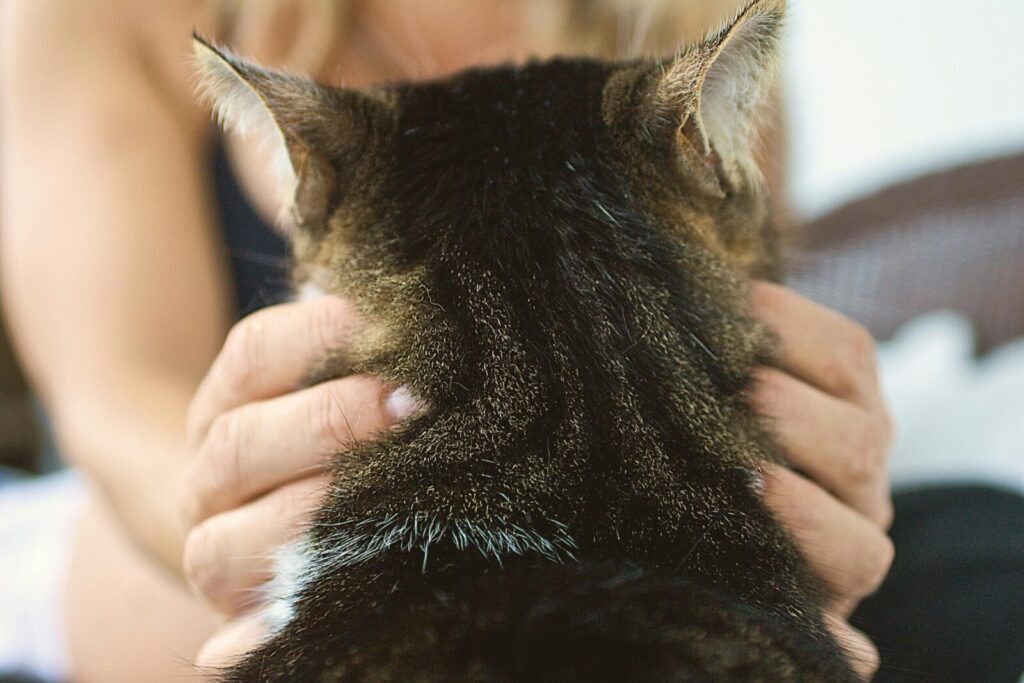
Cats respond strongly to body language, and gentle, slow movements are particularly appealing. People who approach slowly, avoid sudden gestures, and move with intention are more likely to attract feline attention. Fast or erratic actions can startle cats, causing them to retreat. Slow movements signal patience and respect for a cat’s boundaries, making them feel safe to investigate. Whether reaching out to pet a cat or simply sitting nearby, those who move deliberately and softly create an inviting environment. Over time, cats learn that these people are reliable and non-threatening, fostering deeper bonds.
3. Soft and Pleasant Voice
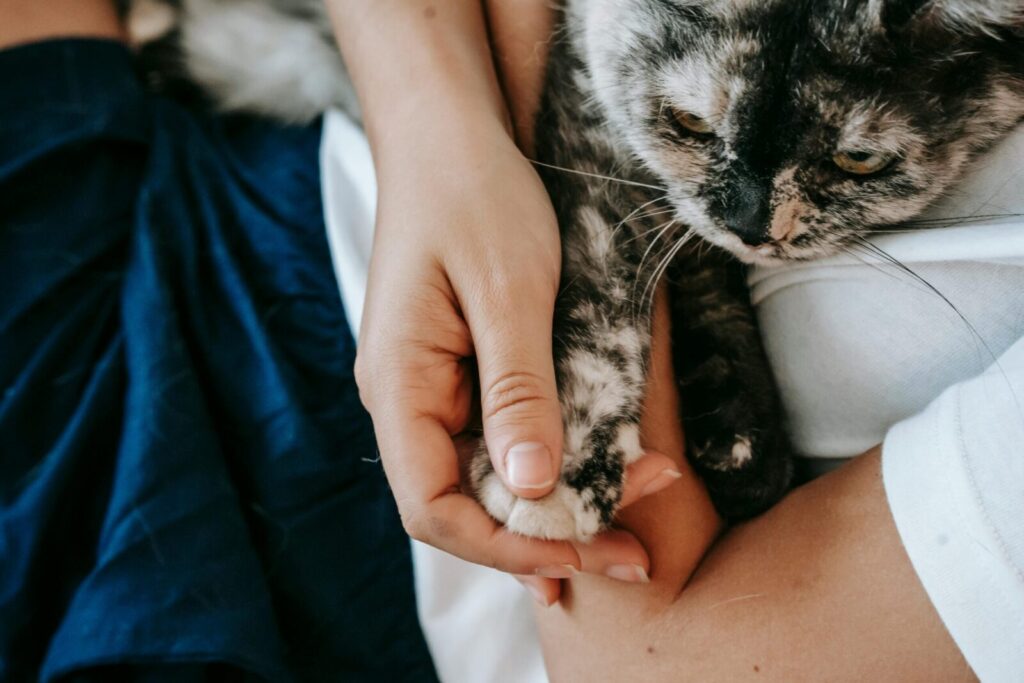
The tone and pitch of a person’s voice can make a significant difference in attracting cats. Soft, gentle, and soothing voices are more likely to engage a cat’s curiosity and promote comfort. Cats often respond to calm speech with purring, approaching, or playful behavior. People who naturally speak in a warm, melodic tone convey reassurance and friendliness without needing physical interaction. Even talking to a cat while performing everyday tasks can build trust. This subtle communication is crucial because felines are highly attuned to auditory cues, allowing them to identify humans who are safe, kind, and approachable.
4. Patience and Respect for Boundaries
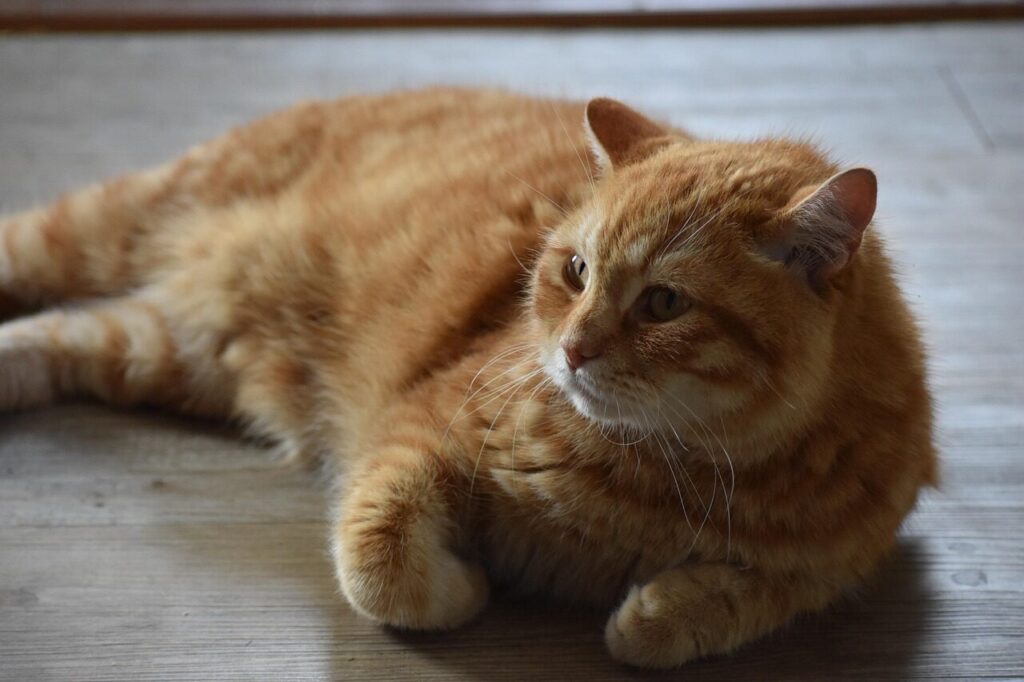
Patience is a key factor in earning a cat’s trust. Cats value personal space and prefer interactions on their terms. People who respect boundaries, allowing cats to come and go as they please tend to attract them more easily. Forcing contact or rushing affection can create anxiety or distrust. Instead, waiting for a cat to approach, following their cues, and responding gently encourages positive interactions. Over time, cats learn that patient humans provide safety and comfort. This respectful approach strengthens the human-animal bond, showing that understanding and honoring a cat’s autonomy is more effective than any physical appeal.
5. Pleasant Scent and Cleanliness

Cats have a strong sense of smell and are attracted to certain scents. People who maintain good hygiene, wear neutral or soft fragrances, or carry scents associated with nature often appeal to feline senses. Overly strong perfumes or chemical odors can be off-putting, while mild, natural scents feel safe and familiar. Cats also respond to the subtle pheromones humans naturally emit, which can convey calmness or friendliness. Being clean, smelling pleasant, and avoiding harsh chemicals creates an inviting environment. This attention to scent helps cats feel at ease and more willing to approach, explore, and engage with humans.
6. Affection Without Pressure
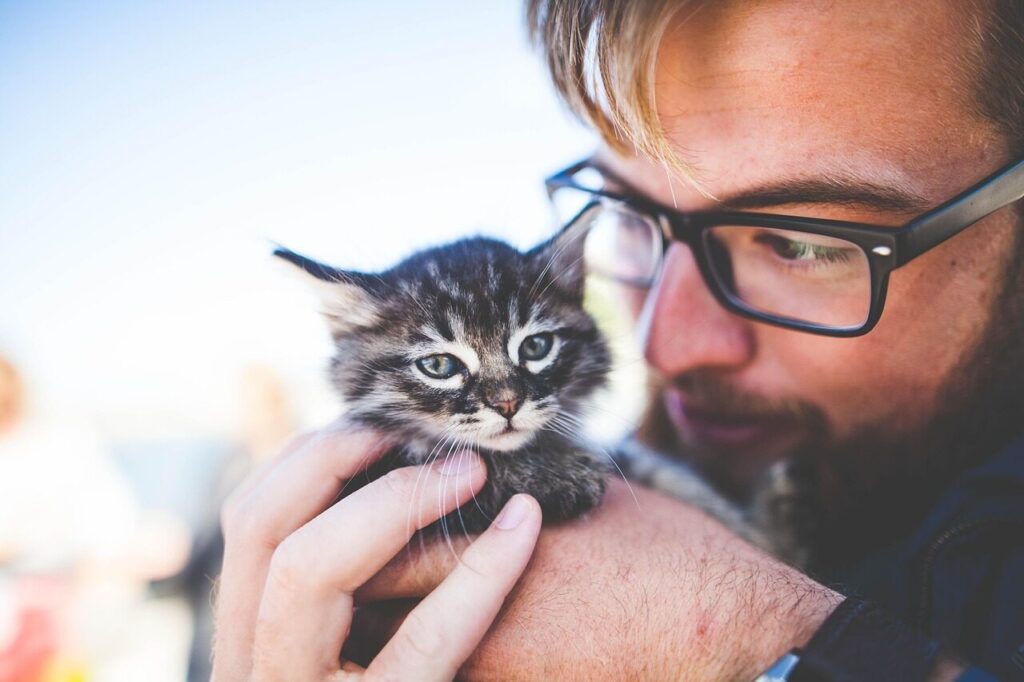
Cats enjoy affection but dislike being forced into it. People who offer gentle attention without pressuring cats to respond often attract them more effectively. Allowing cats to initiate contact, offering slow petting, or providing a lap to curl on when they choose shows understanding of feline preferences. This approach prevents stress and fosters trust, as cats feel in control of the interaction. Humans who intuitively recognize when to stop or back away demonstrate empathy and patience. Over time, this respectful affection leads to more frequent and positive interactions, making these individuals magnets for feline companionship.
7. Confidence and Composure
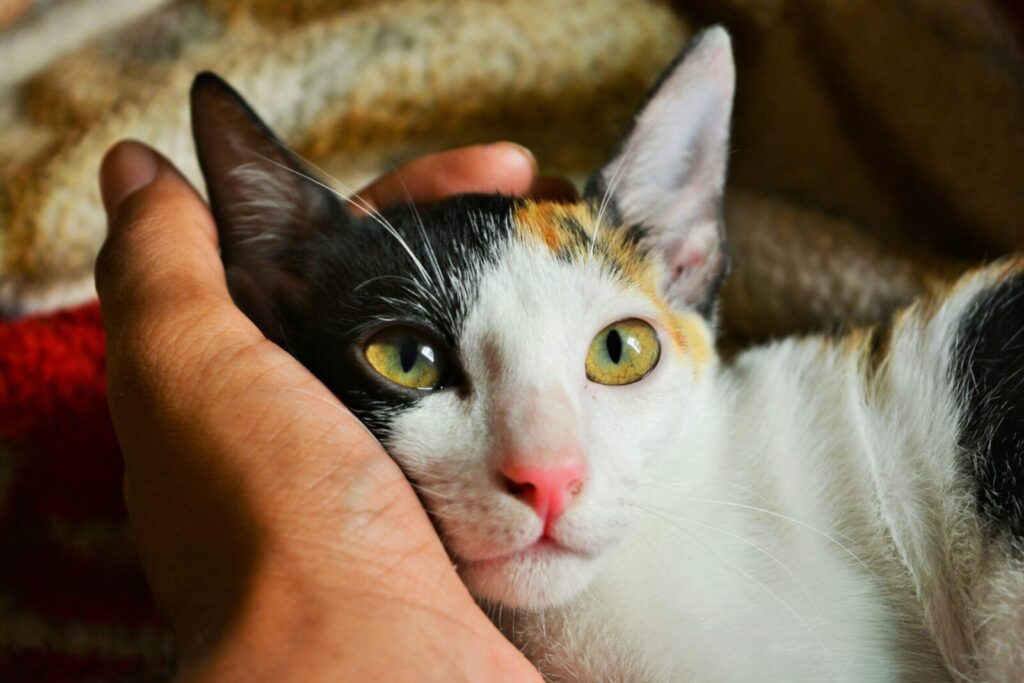
Confidence can be subtly appealing to cats because it signals stability and safety. People who carry themselves with composure, remain steady in unpredictable situations, and exude quiet assurance are more likely to gain a cat’s interest. Cats sense nervousness or fear, which may make them cautious. In contrast, confident individuals provide a reassuring presence that encourages cats to explore and approach. This confidence doesn’t need to be loud or dominant, just calm, grounded, and consistent. Cats appreciate humans who can maintain balance and predictability, creating a sense of trust and curiosity that draws them closer.
8. Familiarity and Routine
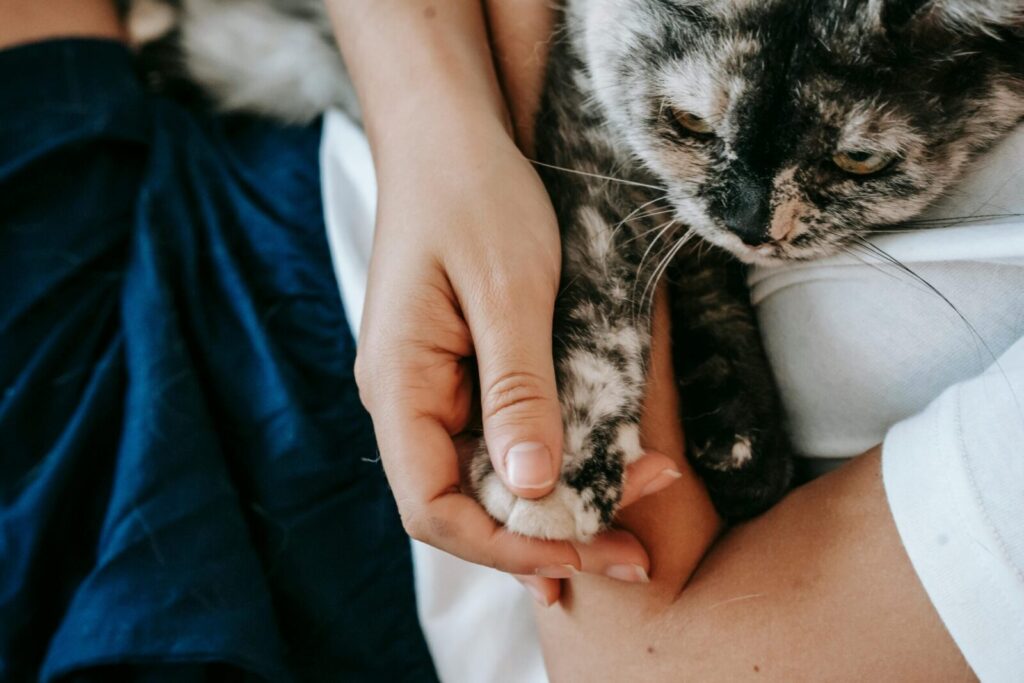
Cats are creatures of habit and are naturally drawn to familiar patterns. People who maintain consistent routines, frequent the same spaces, or provide predictable interactions often attract cats. Familiarity creates a sense of comfort, as cats know what to expect and can anticipate safe, enjoyable experiences. Daily routines like feeding, gentle play, or quiet companionship strengthen bonds over time. When humans are consistent, cats begin to recognize them as trustworthy companions. This predictability reduces stress and fosters positive associations, which helps explain why some people become instant favorites among feline friends.
9. Playfulness and Interactive Engagement
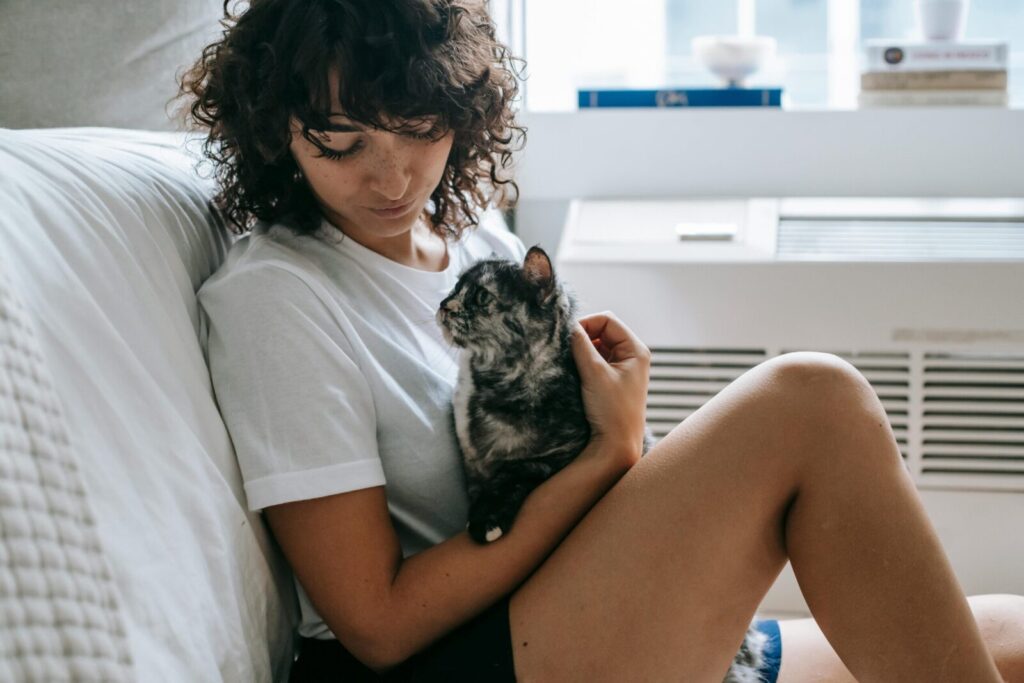
Cats are playful by nature, and people who engage in interactive play often attract them quickly. Using toys, gentle gestures, or even mimicking a cat’s movements can spark curiosity and excitement. Play provides mental stimulation and strengthens the bond between human and feline. Individuals who show enthusiasm and responsiveness to a cat’s behavior are more likely to be approached repeatedly. Playfulness combined with patience ensures that the interaction is enjoyable and stress-free. Cats gravitate toward humans who can match their energy and curiosity, creating a mutually rewarding connection built on fun and trust.
10. Kindness and Emotional Sensitivity
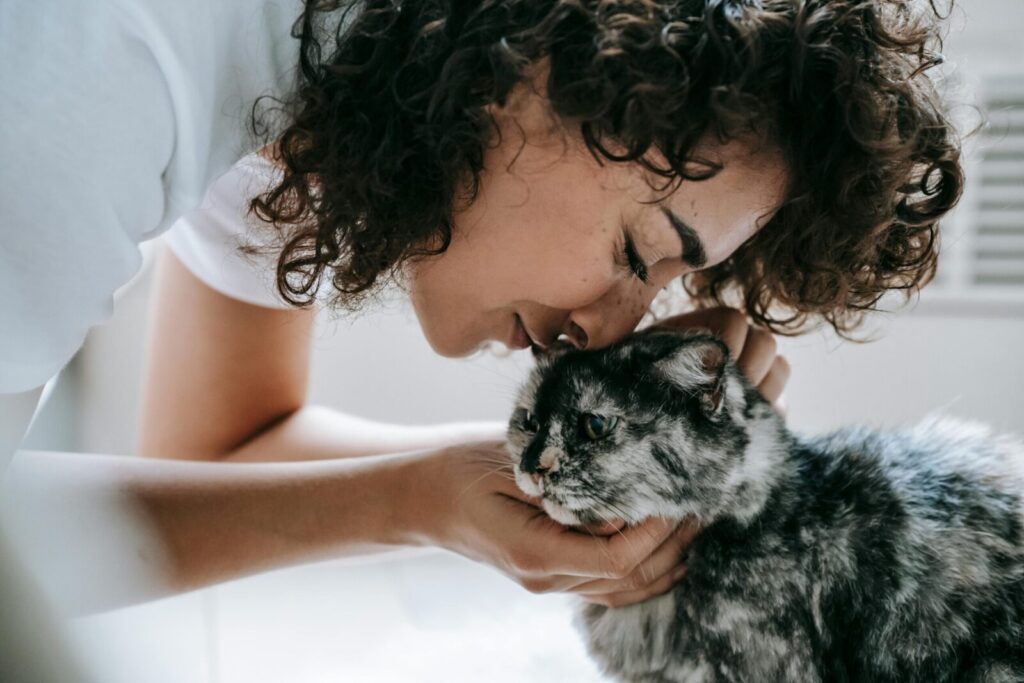
Cats are highly perceptive of human emotions and are naturally drawn to kindness. People who demonstrate empathy, compassion, and gentle care often attract cats effortlessly. Emotional sensitivity allows humans to respond to a cat’s needs, recognize discomfort, and provide comfort without coercion. Cats sense authenticity and respond positively to genuine warmth, which creates lasting bonds. Whether offering quiet companionship, gentle petting, or simply being present, kind-hearted individuals convey safety and trustworthiness. This emotional attunement ensures that cats feel understood and valued, making them gravitate naturally toward those who reflect care and respect.
Comments